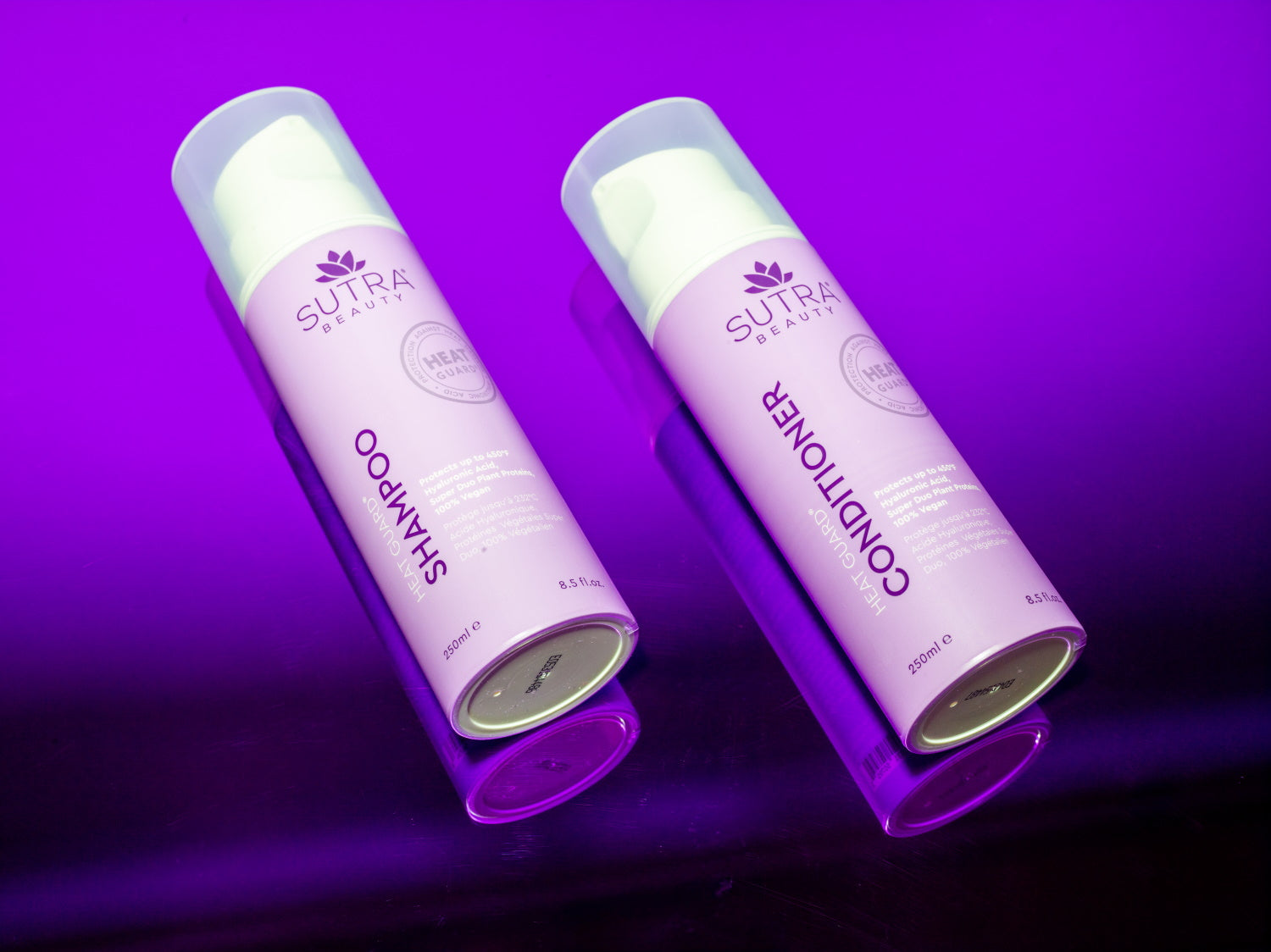Hair care requires a multi-faceted approach when it comes to treating various concerns and ailments for making your hair look as good and be as healthy as possible. Many of the factors that influence our hair’s health include environment, washing habits, and product selection, each of these serving as just a piece in the puzzle of the larger picture of our hair’s health. One area that tends to be overlooked when we consider our hair care is the actual physical makeup of our hair structure. While we spend much time discussing the cuticle and the various layers of the hair strand, there is still much confusion and lots of “gray areas” when discussing this structural makeup.
We’ve discussed much about our hair’s cuticle and its influence on the hair strand’s ability to hold and maintain moisture, and this is all due to how porous the cuticle layer is. While we’ve gone into great detail about how to treat highly porous hair, i.e. hair that has a loose cuticle layer and leeches moisture, we have yet to really dive into the issue of low porosity hair.
What is low porosity hair?
If you think of the cuticle layer as a layer of bricks that keeps in the water within your hair strand, then highly porous hair would have tons of gaps in this bricklayer, leading to water to easily exit it and leave the hair strand dry. On the opposite end, low porosity hair is like an incredibly tightly packed layer of bricks with little to no chance of any water passing through. While you may think this is a good thing as you’ll be able to easily maintain your hair’s moisture and hydration, the issue is that this hair type makes it very difficult for water and oils to enter into the hair strand in the first place.
Because low porosity hair is so difficult to penetrate, this hair type can become easily damaged and dried out. Additionally, this hair type does a poor job of absorbing moisturizing products like conditioner and masks, leading to this hair type easily becoming oily and greasy.
Caring for low porosity hair
As you can imagine, you’ll want to avoid heavy oils and conditioners, as these products are poorly absorbed by the hair strand and leave the hair and scalp an oily mess. Instead, use lightweight oils like squalene and jojoba oil, which closely mimic your natural sebum and can much better penetrate your hair and hydrate your scalp. Additionally, make sure to utilize a clarifying shampoo at least once a week, as it will do a great job of removing as much grease and grime from your hair as possible. Not only will this prevent buildup and dandruff, but it will also make your hair as clean and open as possible for optimal moisture absorption from your conditioner and moisturizing products. Lastly, make sure to really work to clean and scrub your scalp when shampooing, as many of the poorly-absorbed oils can pool on the scalp and lead to fungal issues.
How to Care for Low Porosity Hair


